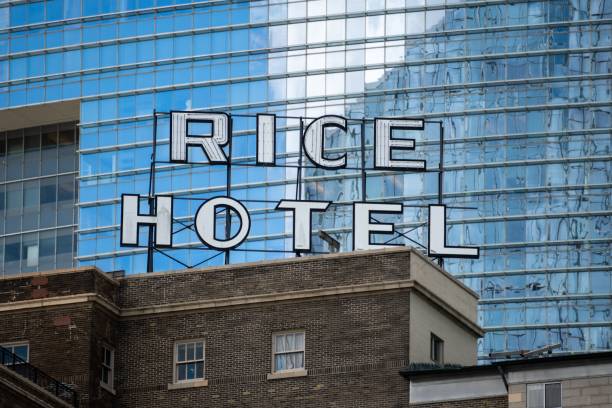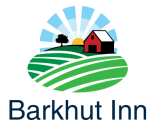
All-inclusive (AI) vacations have been popular since the 1950s when travelers were looking for a vacation package that included food, lodging, and entertainment. The concept is still popular today, but its business model has changed dramatically.
Consider the abundance of food at the buffets in many All-Inclusive Resorts. Food is more likely to be sourced locally and sustainably today, while cocktails are created with premium liquor. The experience has been improved by adding large rooms with luxurious furnishings, sophisticated entertainment, and activities for all guests.
Clay Dickinson is the Managing Director for JLL’s Hotels & Hospitality Group. “In the beginning, rooms in All-Inclusive Resorts were small and spartan,” he says. “Larger rooms, ranging from 500 to 600 square feet, are now the norm. The food options have also improved dramatically to satisfy guests who want healthy choices with global flavors.
New standards
Brands have developed a new All-Inclusive format for the luxury end of the market. This is called AI 2.0. AMResorts offers gourmet dining and elegant accommodations as well as premium drinks. It also has beautiful beaches and a world-class spa. Playa Hotels and Resorts has a new look after partnering with Hyatt. Guests can enjoy authentic dining and live entertainment at the Hyatt Zilara and Hyatt Ziva. Wyndham Worldwide, Marriott International, and Hilton Worldwide are also embracing AI 2.0.
Instead of a single-size-fits-all approach, AI 2.0 resorts adapt their strategy to each market. Dickinson says that one resort might be geared towards health and wellness, while another could be a romantic getaway for couples. Another might be geared toward families.
It may be hard for vacationers who are traveling with multiple generations to select just one resort. AI 2.0 offers a solution in the form of sister properties, which allows guests to take advantage of the best of both resorts.
You may want to visit another resort for a few days during your vacation, regardless of where you are staying. “Maybe a couple wants a massage, a nice meal, and as an added bonus, grandparents and children can visit a sister resort’s waterpark,” Dickinson says.
Clubs for kids and teens that offer more than just babysitting can help bring a family-friendly atmosphere to a scene that was once dominated by singles. Club Med has partnered with Cirque de Soleil, for instance, to provide circus entertainment and gymnastics instruction to younger guests.
Today’s guests are less interested in relaxing by the pool and more interested in exploring their surroundings with immersive cultural experiences and city tours. These activities are not usually included in the resort’s package price, but they can provide hotels with an additional revenue stream. They also strengthen links to the local community through projects run by organizations like the Sandals Foundation.
All-inclusive offer for operators
In the past few decades, an increasing number of hotels, especially those located in places with stunning beaches, natural attractions, and easy accessibility, have switched to the all-inclusive model. Many of them used to provide accommodation under the so-called ‘European Plan.
Dickinson says that what used to be 50-50 or 60-40 AI/European Plan (EP) hotels 25 years ago is now almost 100% AI. It’s not only newly constructed hotels that are being converted to AI. In certain areas, EP hotels are struggling to compete with AI-formatted hotels.
It’s not just a matter of adding food and drinks. Dickinson says that a successful All-Inclusive operation is more than simply operating each hotel as AI. The ability to control and manage costs is essential. The number of outlets for food and beverages, the size of the common area, and the pool usually result in higher upfront costs.
Resort AI also has a different distribution channel. Dickinson says, “There’s the wholesale tour operator, the charter airline and the destination wedding company that you need to take into consideration.” Many AIs control the vertical distribution channel. He says that they either own a part of the channel or have built up incredible relationships over time with all players.
Keep guests coming back for More.
The key to building strong relationships with your guests is to build trust. Vacation clubs have become a popular way to ensure repeat visits. Dickinson says that vacation clubs are different from timeshares because you don’t have to reduce your room inventory depending on how many timeshares you sell. Instead, you sell the right to discounted trips. This creates loyal clients for hotel operators.
Dickinson is convinced that as the demand for All-Inclusive continues to grow, more luxury hotels will offer All-Inclusive package deals. With a focus on authentic traveler experiences, they will continue to forge partnerships with travel brands, local communities, and other hotels. “Resorts won’t be isolated anymore,” he says.
Finally, while the Caribbean coast is still a favorite among fans of All-Inclusive resorts, new developments may branch out beyond the traditional locations. Dickinson believes that AIs will grow in recent places, including Hawaii and parts of Western Europe, even if the labor costs are high.





